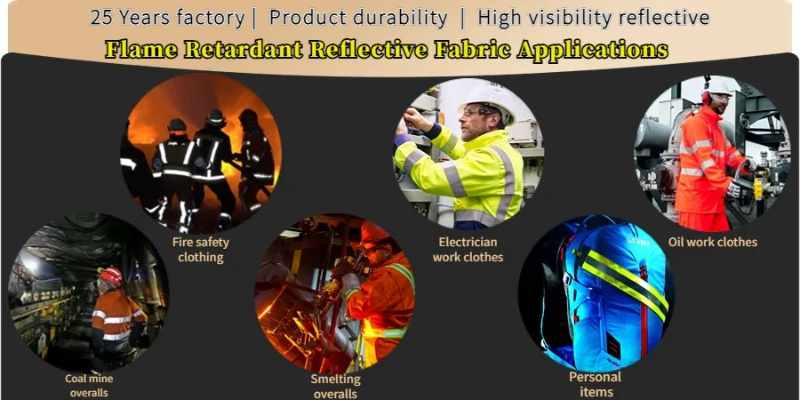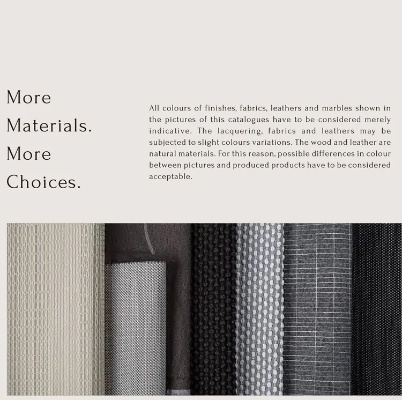The Definition and Characteristics of Flame-Resilient Textiles
Flame-resistant textiles are designed to withstand high temperatures and resist the spread of flames. They are commonly used in industries that involve exposure to heat, such as construction, manufacturing, and transportation. The definition of flame-resistant textiles includes materials that can withstand a certain temperature range and prevent fire from spreading. These materials are made up of synthetic fibers or natural fibers that have been treated with flame retardants to reduce their combustibility. The characteristics of flame-resistant textiles include high thermal stability, low smoke production, and excellent flame resistance. They are also resistant to chemicals and wear and tear, making them ideal for use in industrial settings where safety is paramount.
Introduction: In the realm of textiles, there exists a category that stands out for its exceptional ability to resist fire. These materials are known as flame-resistant textiles or flame-retardant fabrics, and they play a critical role in protecting people from the devastating effects of fire. In this essay, we will delve into the definition of flame-resistant textiles, their characteristics, and provide an example of how they can be applied to enhance safety in various industries.
Definition: Flame-resistant textiles are fabrics designed to resist or minimize the spread of flames when exposed to flames or high temperatures. They are characterized by their ability to withstand the intense heat generated during a fire without burning or melting. This property is achieved through the use of specific chemicals, such as phosphorus compounds, which react with the fibers to form a stable char layer that acts as a barrier against heat and oxygen.
Characteristics:

- Flame Retardancy: Flame-resistant textiles have a high degree of flame retardancy, meaning they can withstand the intense heat generated during a fire without burning or catching on fire.
- Heat Stability: These textiles maintain their shape and integrity even after exposure to high temperatures, unlike regular textiles that can easily deform or melt.
- Chemical Resistance: Flame-resistant textiles are resistant to chemicals and solvents, making them suitable for applications where chemical resistance is required.
- Durability: These textiles are durable and can withstand repeated exposure to fire, making them ideal for use in industrial settings where safety is paramount.
- Environmentally Friendly: Many flame-resistant textiles are made from recycled materials, reducing their environmental impact compared to traditional synthetic fabrics.
Example: One example of a flame-resistant textile is the polyester fabric used in firefighting uniforms. These uniforms are designed to protect firefighters from the intense heat and smoke generated during a fire. Polyester fabric has a high level of flame retardancy, making it ideal for use in these protective gear. Additionally, polyester is chemically resistant, meaning it can withstand exposure to chemicals and solvents commonly found in firefighting environments. Finally, polyester is durable and can withstand repeated exposure to fire, making it an excellent choice for use in industrial settings where safety is critical.
Conclusion: In conclusion, flame-resistant textiles are an essential component of modern society, providing protection against fire and other hazards. By understanding their definition and characteristics, we can better appreciate the importance of these materials in enhancing safety and preventing catastrophic incidents. As we continue to explore new ways to mitigate risks and improve safety measures, it is crucial that we prioritize the development and implementation of flame-resistant textiles.
阻燃纺织品的定义
阻燃纺织品是一种具有特殊性能的纺织材料,其表面具有优良的阻燃性能,能在一定条件下防止或延缓火灾的发生,其关键特性包括高阻燃性、低烟无卤、环保安全等。
英文案例说明
以下为阻燃纺织品的英文案例说明:
英文案例标题: Flame Retardant Textiles: Advantages and Applications
高性能阻燃纤维
高性能阻燃纤维是一种采用特殊工艺和技术生产的纺织材料,具有优异的阻燃性能和环保特性,该纤维在火灾防护领域具有广泛的应用前景,如消防服、防火地毯等。

绿色环保纺织品
绿色环保纺织品是一种符合环保标准的新型纺织材料,其生产过程注重环保和可持续性,这些纺织品通常采用天然纤维和环保染料,具有低烟无卤、无毒害等特性,符合现代人们对绿色生活的追求。
阻燃纺织品的特性与优势
阻燃纺织品的特性主要包括以下几个方面:
-
高阻燃性:采用先进的阻燃技术,使纺织品在特定条件下能够延缓或防止火灾的发生。
-
低烟无卤:在燃烧过程中产生的烟雾少,不会产生有害气体,符合现代环保要求。
-
耐热性能优良:能够承受高温环境,适用于高温环境下的使用。
-
广泛的应用领域:在消防器材、汽车内饰、建筑装饰等领域具有广泛的应用前景。
阻燃纺织品的实际应用与优势
阻燃纺织品的实际应用优势主要体现在以下几个方面:

-
提高消防安全性能:阻燃纺织品可用于消防器材的生产,提高消防安全性能,减少火灾事故的发生。
-
提升建筑装饰效果:阻燃纺织品可用于建筑装饰材料,提升建筑物的防火性能和美观度。
-
环保可持续性:采用天然纤维和环保染料生产,符合现代人们对绿色生活的追求。
如何选择合适的阻燃纺织品
在选择合适的阻燃纺织品时,需要考虑以下几个方面:
-
产品质量:选择知名品牌、质量可靠的产品,确保产品的阻燃性能和环保性能符合要求。
-
使用环境:根据使用环境选择合适的阻燃纺织品,如消防器材、汽车内饰等。
-
检测认证:选择经过检测认证的产品,确保产品的质量和性能符合要求。
阻燃纺织品的定义及其应用前景广泛,具有优良的阻燃性能、环保特性等优势,在火灾防护、建筑装饰等领域具有广泛的应用前景,选择合适的阻燃纺织品需要考虑产品质量、使用环境、检测认证等方面,随着科技的不断进步和人们对环保意识的提高,阻燃纺织品的研发和应用将会越来越广泛。
Articles related to the knowledge points of this article:
An Overview of the United States Textile Tariff Rates
The Role of China Health Textiles Association in Promoting Healthy Living
Exploring the Rich Tapestry of Textiles from Shaoxing,China
The Role of Textile Ingredients in the Quality and Durability of Clothing
The Ultimate Guide to Choosing the Best Fabrics for Your Next Project
The Fabric of Success:Navigating the World of Nantong Anton Textiles



